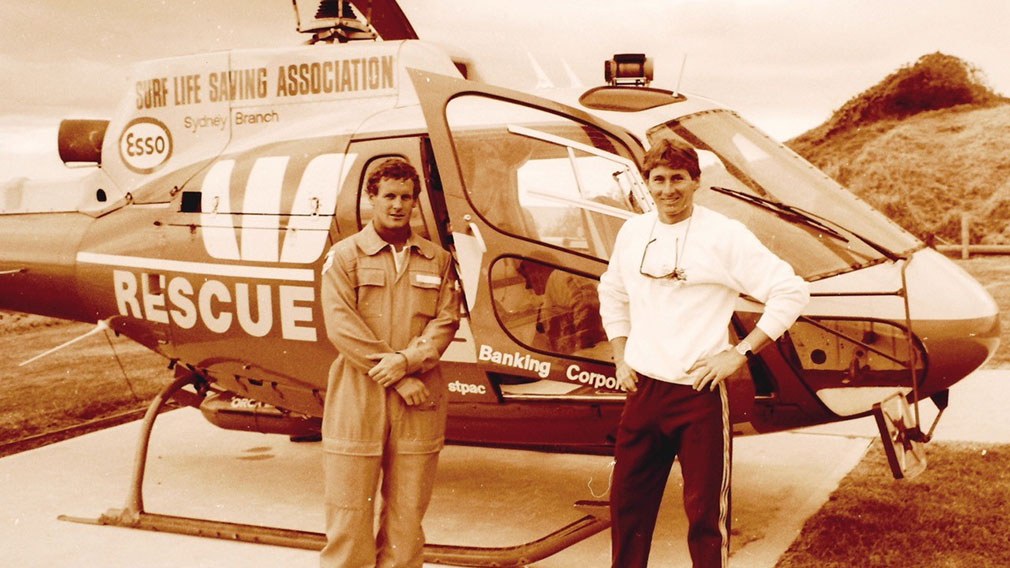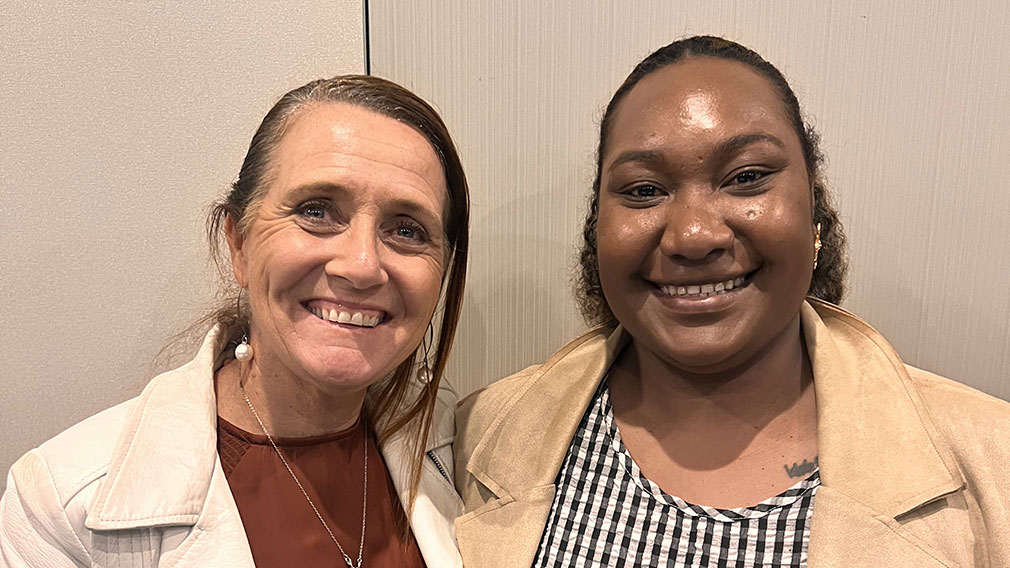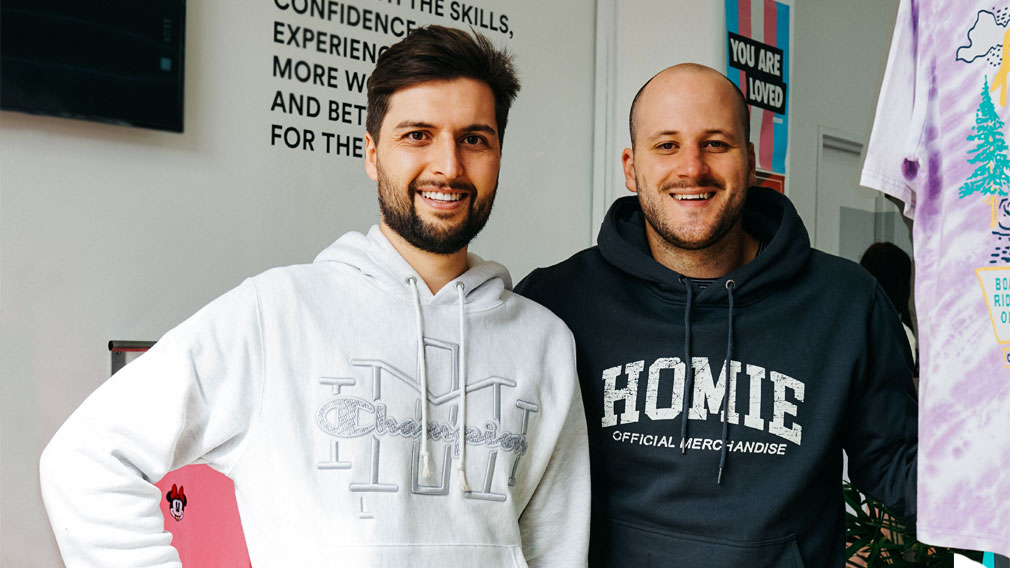GOOD PAIR: Beyond the lab
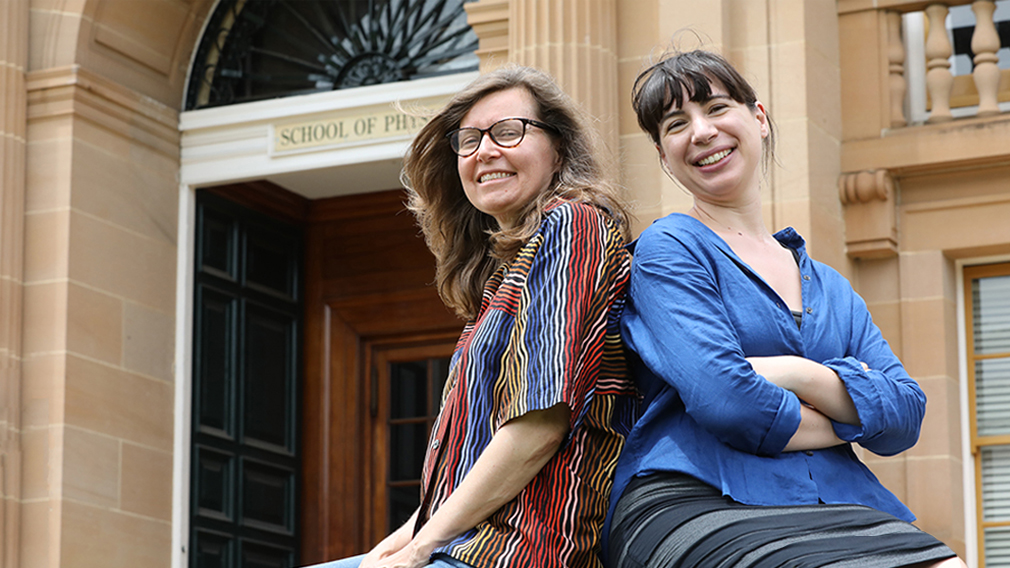
Associate Professor Maryanne Large (left) with former student-turned-colleague Dr Shelley Wickham. (Emma Foster)
Dr Shelley Wickham, a nanorobotics expert and lecturer of physics and chemistry at University of Sydney, was a 16-year-old undergraduate when she met physicist and innovation specialist Associate Professor Maryanne Large 19 years ago.
Shelley
Even though I was only in my first year at university, and only 16, I remember Maryanne – who was my research supervisor at the time – making me feel like my ideas really mattered; like I had something to contribute.
Our conversations about science were more than just talking. They were exciting. That got me hooked on physics and research – I knew that was where I wanted my career to be.
She has a way of instilling her own insatiable curiosity about things, wanting to know how they work and the joy of discovering something new.
She also has an incredibly deep social conscience, a belief that – as scientists – we have a social responsibility to use science to help people and the world. I thought that was normal, that all supervisors were like her, but I’ve since realised they’re not.
Maryanne opened up a world of science where I could contribute on a larger scale, particularly in my honours year. She’s very assertive and encouraged me to be fearless, to put myself forward and think, “well someone is going to do this, so it might as well be me”.
I spent the next 10 years overseas, doing my PhD in the UK and as a researcher in the US. We met up during that time and even though our scientific work had diverged a bit, our other interests came together.
Coming back to Australia and taking that step in my academic career was huge – and quite stressful. Maryanne mentored me through it and helped me negotiate my position.
Maryanne had to fight hard to create the program she runs at the university teaching innovation and entrepreneurialism. It wasn't an opportunity that was given to her. She saw there was a need for it and strong demand from students, so she’s built the framework from scratch. That takes a lot of courage.
She’s also put her head above the parapet to try to improve the gender imbalance in science, sometimes saying quite unpopular things to get change to happen. There’s often a lot of inertia in big institutions.
It’s something we’re working on together at a structural level, along with our big interest in changing the way science is taught. Sometimes it’s difficult because now we disagree on things, but it’s always constructive – and still exciting.
She also really cares about wildlife and not just in an observational way. She has a “bee hotel” at her home, once cared for baby bats that needed feeding every three hours, had brush turkeys, chickens, even a baby wombat. She’s seriously campaigning to turn Wombat Day on October 22 into a public holiday!
What’s most brilliant is that she’s very unpredictable. It’s exciting to know someone for more than half your life and still be continually learning from them. Whatever it is we’ll be doing together in the future, it’s guaranteed to be a little outside the box.
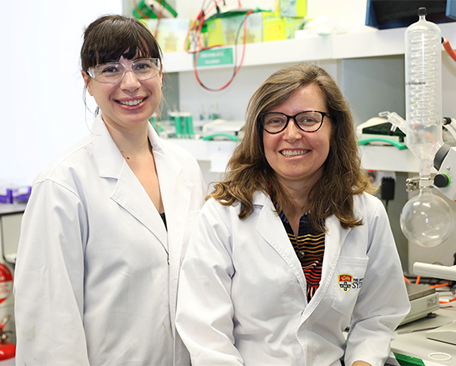
Shelley (left) with Maryanne in Shelley’s lab at the University of Sydney. (Emma Foster)
Maryanne
Shelley is the kind of student you feel really fortunate to have had in your life.
She’s intensely intellectually curious, a natural scientist in the purest sense. She was a very unusual student in that she always had a willingness to do things that were a bit out of the ordinary.
The project we were running was about the evolution of iridescence in butterfly scales. It's completely different from what she's doing now but similar in that it’s extremely interdisciplinary – at the edges of several disciplines, involving bio-infomatics, physics, DNA sequencing and the like. It crossed boundaries in a way that would make some students uncomfortable.
But she just has a natural capacity to bring together weird things and come up with unpredictable ideas. Very few people have that combination of qualities – very curious, creative, but also technically very strong.
I didn’t realise she was only 16 when she came into the talented student program. It’s unusually young – she’s exceptionally bright and had been in an accelerated class at high school. By the time she got to third year she’d become a colleague, not just a student.
It's been interesting to see her trajectory. She went to Oxford and branched outside of pure physics to work with DNA origami, and later at Harvard she worked with one of the top medical institutions in the world. She’s had that incredible intellectual wealth around her. Since returning, she's generously shared those experiences, connections, ideas and ways of working.
Shelley is leading a Grand Challenge for University of Sydney Nano Institute with another young academic and I'm part of that gang. It’s very ambitious. It's about developing tiny molecular robots that can go in your bloodstream and potentially detect and prevent heart disease. It would be an exceptionally impactful piece of research.
I'm very conscious of gender inequity.
I did physics at this university as an undergrad in the 1980s and I remember being the only woman in classes. For my generation, we feel so frustrated that so little progress has been made. Having such strong role models like Shelley can certainly help.
She really fights for what she believes in, in ways that I would never have thought of. She told me she got very frustrated that people would talk over her and others in meetings, so she suggested a workshop on how to run meetings. It's such a simple, yet powerful idea. I’ve introduced it now too.
It will be fascinating to see where Shelley goes. So far, she has been pushed hard but we haven’t come anywhere near the edge of what she can do. She has the level of intellectual ambition and talent to do something genuinely significant.
One of the things we can be sure of is that she’ll train and inspire another generation of young scientists in a very interdisciplinary, creative, dynamic way. That's a legacy that she's already started.
Shelley Wickham was awarded a Westpac Research Fellowship in 2018.


